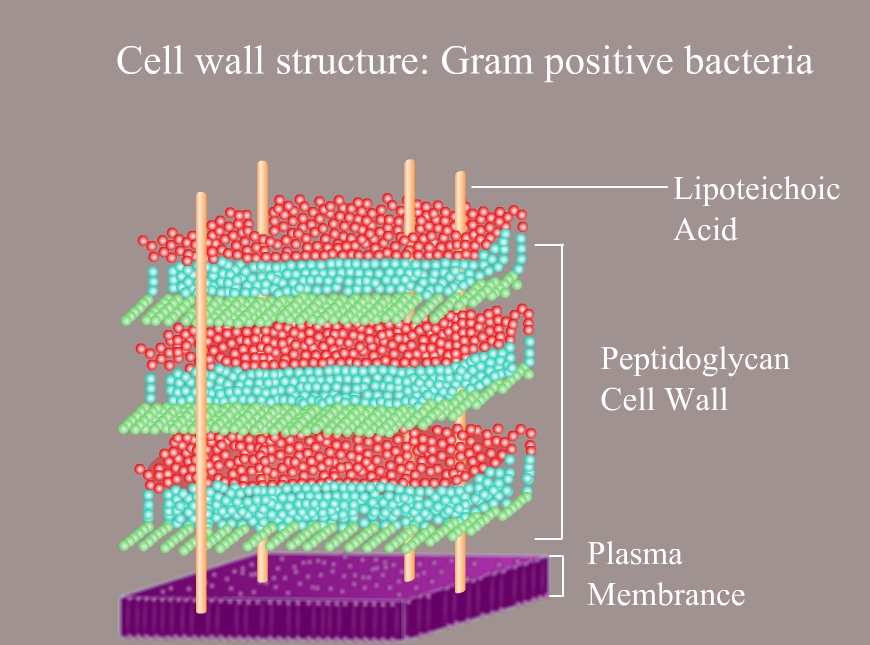

These bacteria are anaerobic, meaning they do not require oxygen to survive.
3 CHARACTERISTICS OF GRAM NEGATIVE BACTERIA CELL WALL SKIN
However, people who handle infected animal products can become infected.Īnthrax can cause symptoms ranging from skin sores to a severe - sometimes fatal - respiratory disease.īacillus cereus is another spore-forming bacterium. These spores can survive in the soil for years before infecting a person.Īnthrax mainly affects grazing animals, such as cattle and sheep. The spores of Bacillus anthracis produce anthrax toxin, which is potentially lethal to humans and animals. These bacteria are aerobic, meaning they need oxygen to survive. When the environment becomes more favorable, they can germinate and grow into active bacteria. Doctors further categorize them into spore-forming and non-spore-forming.įorming spores and lying dormant is a strategy that helps bacteria survive in harsh conditions. They can cause:īacilli are rod-shaped bacteria that typically exist on the skin. Enterococcus: The most common types are Enterococcus faecalis and Enterococcus faecium.It can cause many serious infections in newborns, such as: Streptococcus agalactiae: This bacteria is also called Strep B strep.Streptococcus pyogenes: These bacteria can cause a wide range of infections, including:.It can also cause sinus infections and meningitis. Streptococcus pneumonia: Streptococcus pneumoniae is a leading cause of bacterial pneumonia.Some types of bacteria and infections include: When they invade the body and start growing, they can cause infection. They are also part of the body’s normal flora, and they can be found on or in: infections of the urethra, prostate, and epididymis.Staphylococcus saprophyticus: These bacteria inhabit the genitals and perineum.endophthalmitis, an infection of the inner eye.infections of surgical sites or urinary catheters.epidermis causes infections in hospital settings and when a person has a weakened immune system. infections of the lining of the heart, or endocarditis.skin infections such as cellulitis and folliculitis.Staphylococcus aureus: This is the most pathogenic staphylococci bacteria.However, if they enter the body and start growing in number, they can cause serious bacterial infections.

Staphylococcus usually occupies the skin and mucous membranes without causing infections and makes up the normal flora in the body. They can live in pairs, chains, or clusters. (right) Gram Stain of Escherichia coli which are Gram-negative (pink) bacilli.These oval or spherical bacteria are among the most common types of bacteria known. (left) Gram Stain of Staphylococcus aureus which are gram-positive (purple) cocci in clusters. Common Gram-positive bacteria of medical importance include Streptococcus pyogenes, Streptococcus pneumoniae, Staphylococcus aureus, Enterococcus faecalis, and Clostridium species. Gram-positive Bacteria: These retain the initial dye crystal violet during the Gram stain procedure and appear purple when observed through the microscope.Most bacteria can be placed into one of three groups based on their color after specific staining procedures are performed: Gram-positive, Gram-negative, or acid-fast. Gram-Positive, Gram-Negative, and Acid-Fast Bacteria


 0 kommentar(er)
0 kommentar(er)
